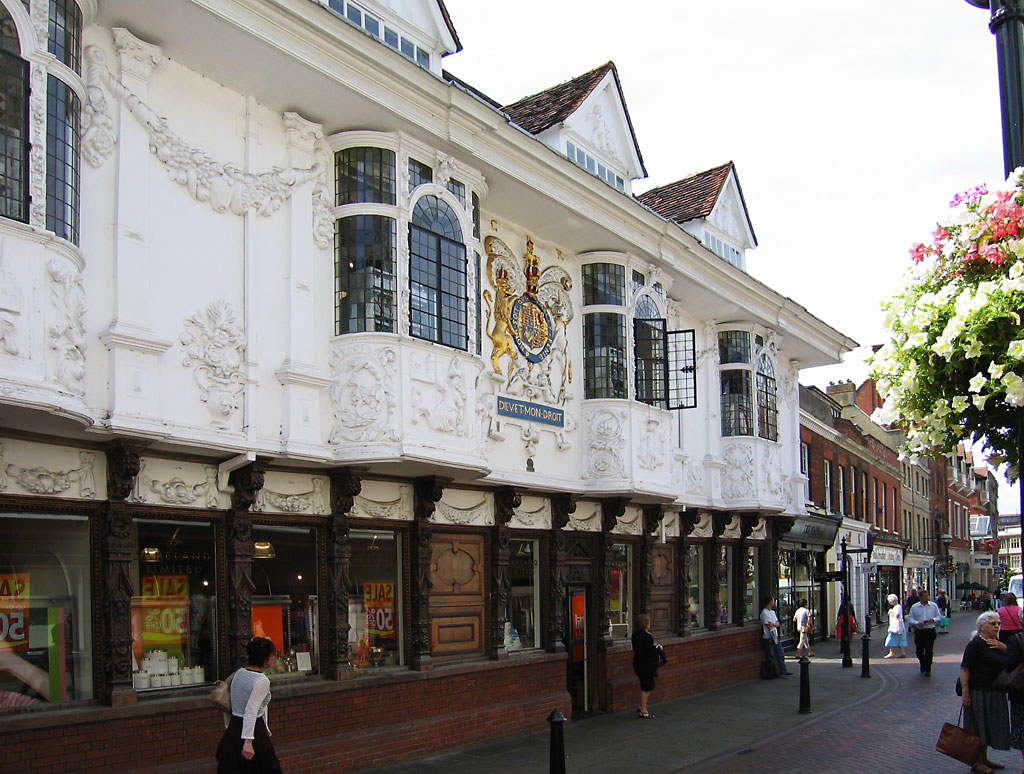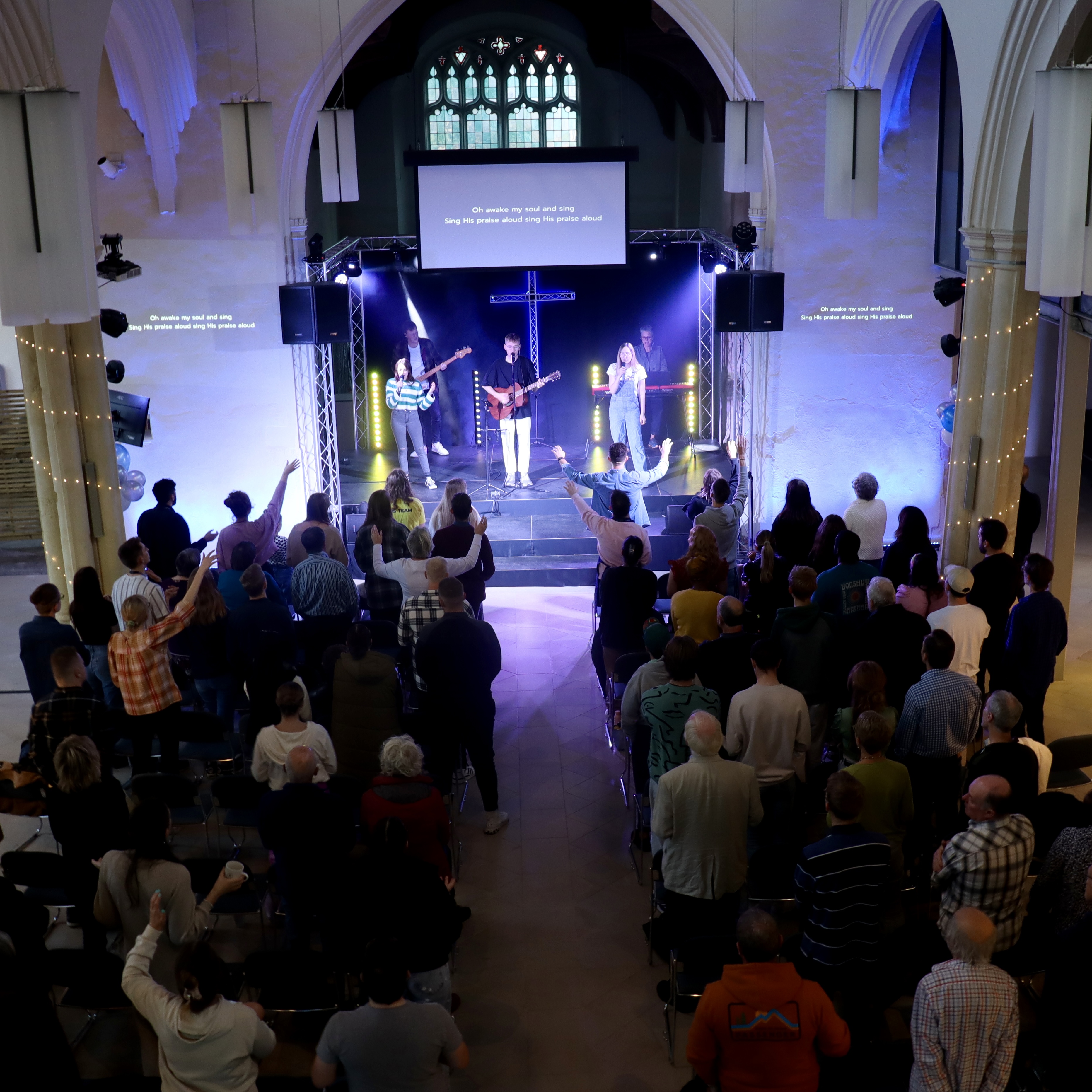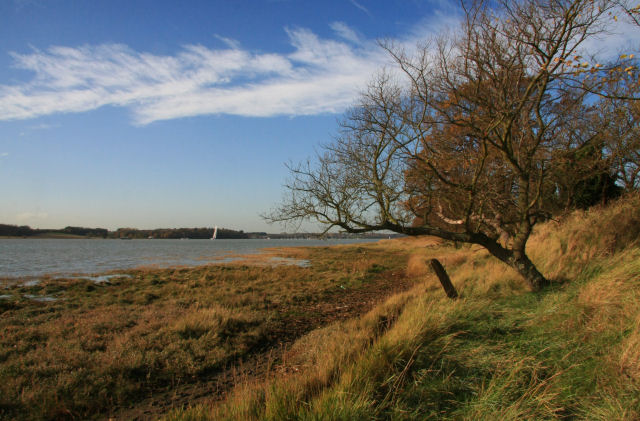|
Stoke Bathing Place
Stoke Bathing Place was an outdoor swimming venue in Ipswich, Suffolk. Location and features During the 1830s, the Ipswich Wet Dock was being constructed. This caused the closure of Ipswich's three swimming venues (one was near St Cement's, the second was next to St Mary-At-The Quay and the third not far from Stoke Bridge). The replacement was Stoke Bathing Place, which was an enclosed area within the West Bank of the River Orwell. It had an estimated size of 90x30m. The bathing pool was refreshed by tidal waters. The bathing area is shown as early as 1896 on a maps of Ipswich and also from 1908 and up to 1973. In photos from 1908, white changing cabins and diving jetties were present. Stoke Bathing Place were extensively damaged during the Ipswich Floods of 1953 but the other outside bathing venues were already open for use ( Broomhill Pool and Piper's Vale). WWI Zeppelin raid On the 1st of April 1913, during the Zeppelin raids of WWI World War I or the First Wor ... [...More Info...] [...Related Items...] OR: [Wikipedia] [Google] [Baidu] |
Ipswich
Ipswich () is a port town and Borough status in the United Kingdom, borough in Suffolk, England. It is the county town, and largest in Suffolk, followed by Lowestoft and Bury St Edmunds, and the third-largest population centre in East Anglia, after Peterborough and Norwich. It is northeast of London and in 2011 had a population of 144,957. The Ipswich built-up area is the fourth-largest in the East of England and the 42nd-largest in England and Wales. It includes the towns and villages of Kesgrave, Woodbridge, Suffolk, Woodbridge, Bramford and Martlesham Heath. Ipswich was first recorded during the medieval period as ''Gippeswic'', the town has also been recorded as ''Gyppewicus'' and ''Yppswyche''. It has been continuously inhabited since the Anglo-Saxon settlement of Britain, Saxon period, and is believed to be one of the Oldest town in Britain, oldest towns in the United Kingdom.Hills, Catherine"England's Oldest Town" Retrieved 2 August 2015. The settlement was of great eco ... [...More Info...] [...Related Items...] OR: [Wikipedia] [Google] [Baidu] |
Suffolk
Suffolk ( ) is a ceremonial county in the East of England and East Anglia. It is bordered by Norfolk to the north, the North Sea to the east, Essex to the south, and Cambridgeshire to the west. Ipswich is the largest settlement and the county town. The county has an area of and a population of 758,556. After Ipswich (144,957) in the south, the largest towns are Lowestoft (73,800) in the north-east and Bury St Edmunds (40,664) in the west. Suffolk contains five Non-metropolitan district, local government districts, which are part of a two-tier non-metropolitan county administered by Suffolk County Council. The Suffolk coastline, which includes parts of the Suffolk & Essex Coast & Heaths National Landscape, is a complex habitat, formed by London Clay and Crag Group, crag underlain by chalk and therefore susceptible to erosion. It contains several deep Estuary, estuaries, including those of the rivers River Blyth, Suffolk, Blyth, River Deben, Deben, River Orwell, Orwell, River S ... [...More Info...] [...Related Items...] OR: [Wikipedia] [Google] [Baidu] |
Ipswich Docks
The Ipswich Docks, Ipswich wet dock, and the wet dock are a series of docks in the Port of Ipswich located at a bend of the River Orwell, which has been used for trade since at least the 8th Century. A wet dock was constructed in 1842, which was 'the biggest enclosed dock in the United Kingdom' at the time. A major regeneration of the area has taken place since 1999. History Economic stagnation Although Ipswich had enjoyed "a great trade" in the sixteenth century, by the seventeenth century this went into decline. This in turn had led to the neglect of basic facilities, such as the Common Quay, which was no longer accessible by vessels with a draft of 8 feet or more; such vessels had to transfer their cargoes into lighters three miles downstream at Downham Reach. Initial work . In 1837 an act of Parliament ( 7 Will. 4 & 1 Vict. c. lxxiv) allowed the Ipswich Dock Commissioners to construct a new wet dock whilst also placing certain conditions on them. In addition to building t ... [...More Info...] [...Related Items...] OR: [Wikipedia] [Google] [Baidu] |
St Mary-at-the-Quay Church, Ipswich
St Mary-at-the-Quay Church is a former Anglican church in Ipswich, Suffolk, England. The medieval building is under the care of the Churches Conservation Trust. and since September 2021 it has been used by River Church to implement an approach to evangelicism developed by Holy Trinity Brompton as part of the network of HTB church plants. The church originally served the thriving industry around the docks area of the town and those that worked there. After closing for regular worship in the 1950s the church was transferred to the CCT in 1973 and underwent a major restoration programme completing in 2016. Architecture and History The medieval church on Key Street, Ipswich was formerly known as The Key Church, and the Church of Our Lady Star of the Sea (''Stella Maris''). The church is constructed in flint with stone dressings. Its plan includes a nave with a clerestory, north and south aisles, transepts, and a west tower. The tower has diagonal buttresses decorated with flushw ... [...More Info...] [...Related Items...] OR: [Wikipedia] [Google] [Baidu] |
Stoke Bridge
Stoke Bridge in Ipswich carries Bridge Street ( A137) over the point at which the River Gipping becomes the River Orwell. It carries traffic into Ipswich from the suburb of Over Stoke. The bridge consists of two separate structures and is just upstream from Ipswich dock on a tidal section of the river. History There are records of a bridge existing on the site from the late 13th Century. The fact that the Domesday Book mentions Saint Mary at Stoke implies that a crossing existed much earlier. The bridge was built close to where there was formerly a ford. Near the ford, at Stoke Quay, archaeological evidence of Saxon occupation has been found. The town records of the reign of Elizabeth I note that 28 loads of timber were transported from Whitton for the building of Stoke Bridge. In 1779, there is a record of two sturdy beggars, who stood on Stoke Bridge on a Sunday morning, insulting any who did not give them money. By 1801 the bridge was made of brick and stone, but no r ... [...More Info...] [...Related Items...] OR: [Wikipedia] [Google] [Baidu] |
River Orwell
The River Orwell flows through the county of Suffolk in England from Ipswich to Felixstowe. Above Ipswich, the river is known as the River Gipping, but its name changes to the Orwell at Stoke Bridge, about half a mile below where the river becomes tidal by Bobby Robson Bridge on West End Road. It broadens into an estuary at Ipswich, where the Ipswich dock has operated since the 7th century, and then flows into the North Sea at Felixstowe, the UK's largest container port, after joining the River Stour at Shotley forming Harwich harbour. The large Orwell Bridge carries the A14 trunk road over the estuary to the south of Ipswich. Name In the name ''Orwell'', ''Or-'' comes from an ancient river-name—probably pre-Celtic; but ''-well'' probably indicates an Anglo-Saxon naming. In ''A tour through England and Wales'', written in 1722, Daniel Defoe calls the river "Orwel" (though he does this inconsistently). He also mentions that "a traveller will hardly understand me, especia ... [...More Info...] [...Related Items...] OR: [Wikipedia] [Google] [Baidu] |
Broomhill Pool
Broomhill Pool is a Grade II listed lido on Sherrington Road in Ipswich, Suffolk, England. Status Broomhill Pool opened on 30 April 1938 and closed in the autumn of 2002. The pool is the deepest lido in Britain (jointly with Hilsea Lido) at 15ft deep. At 55 yards x 20 yards and 8 lanes wide, the pool volume is 464,000 gallons/2.1 million litres of water. The lido was built in 1938 for £17,000 by the County-Borough of Ipswich. It was designed by E. McLauchlan, the County-Borough Engineer and Surveyor. Broomhill Pool became a Grade II listed building on 23 August 2001. The lido is built within Broomhill Park. It is close to Broomhill Library which was built in 1942 as a WW2 bomb-proof decontamination unit. Broomhill Library was Grade II listed in 2012. English Heritage highlighted the "Group value: the relationship between the former gas decontamination centre and the adjacent Broomhill lido holds important group value; the style of the decontamination centre was designed to ... [...More Info...] [...Related Items...] OR: [Wikipedia] [Google] [Baidu] |
Zeppelin
A Zeppelin is a type of rigid airship named after the German inventor Ferdinand von Zeppelin () who pioneered rigid airship development at the beginning of the 20th century. Zeppelin's notions were first formulated in 1874Eckener 1938, pp. 155–157. and developed in detail in 1893.Dooley 2004, p. A.187. They were patented in German Empire, Germany in 1895 and in the United States in 1899. After the outstanding success of the Zeppelin design, the word ''zeppelin'' came to be commonly used to refer to all forms of rigid airships. Zeppelins were first flown commercially in 1910 by Deutsche Luftschiffahrts-AG (DELAG), the world's first airline in revenue service. By mid-1914, DELAG had carried over 10,000 fare-paying passengers on over 1,500 flights. During World War I, the German military made extensive use of Zeppelins German strategic bombing during World War I, as bombers and aerial reconnaissance in World War I, as scouts. Numerous bombing raids on United Kingdom of Great Brita ... [...More Info...] [...Related Items...] OR: [Wikipedia] [Google] [Baidu] |
World War I
World War I or the First World War (28 July 1914 – 11 November 1918), also known as the Great War, was a World war, global conflict between two coalitions: the Allies of World War I, Allies (or Entente) and the Central Powers. Fighting took place mainly in European theatre of World War I, Europe and the Middle Eastern theatre of World War I, Middle East, as well as in parts of African theatre of World War I, Africa and the Asian and Pacific theatre of World War I, Asia-Pacific, and in Europe was characterised by trench warfare; the widespread use of Artillery of World War I, artillery, machine guns, and Chemical weapons in World War I, chemical weapons (gas); and the introductions of Tanks in World War I, tanks and Aviation in World War I, aircraft. World War I was one of the List of wars by death toll, deadliest conflicts in history, resulting in an estimated World War I casualties, 10 million military dead and more than 20 million wounded, plus some 10 million civilian de ... [...More Info...] [...Related Items...] OR: [Wikipedia] [Google] [Baidu] |



